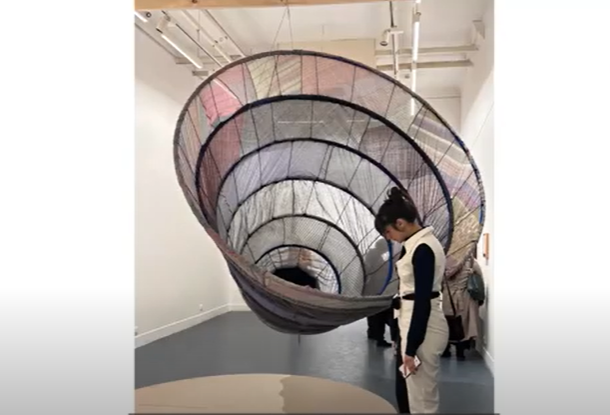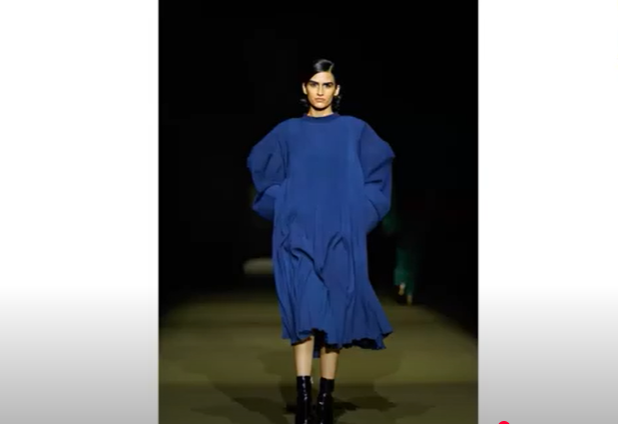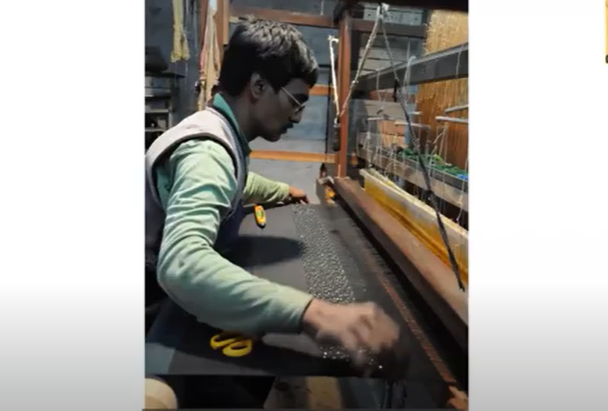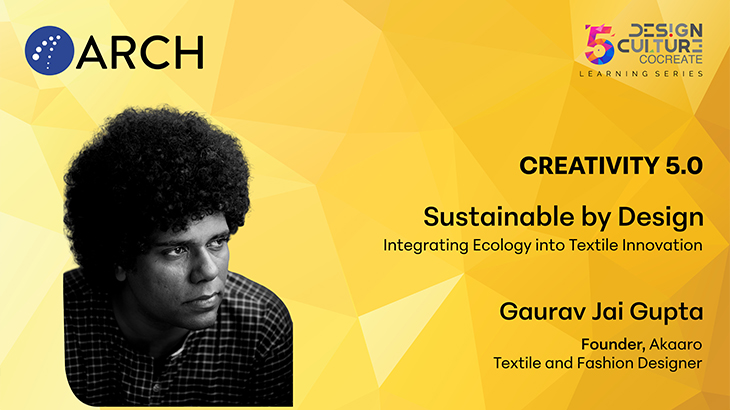Design shapes the world around us. From everyday tools to complex systems, design shapes how the world functions and feels. In shaping these experiences, it also impacts the planet’s well-being. Every material sourced, every process followed, and every story told through design leaves an ecological imprint. That’s why designers today are moving beyond fast trends and mass production. They are choosing slow processes, local crafts, and long-lasting materials. The focus is shifting from “how does it look?” to “how does it live in the world?”
In our recent session with Gaurav Jai Gupta, founder of Akaaro and one of India’s leading textile and fashion designers, a crucial question was raised: What happens when ecology is no longer an afterthought, but becomes central to the way we design?
This blog explores how ecological thinking can shape not just what is made, but how and why it is made. Through real examples, including Akaaro’s experimental projects, it reflects on materials, systems, culture, storytelling, and how design students can begin to see ecology not just as a responsibility, but as a creative opportunity.
What Does Ecology Mean in Design?
As Gaurav highlighted, Ecology isn’t just about using sustainable materials or ticking off an eco-friendly checklist. But it’s much deeper than that.

It’s about understanding the connections that exist between all the elements involved in the design process. Treating ecology as a design principle means recognizing that every design choice, from a small textile to a large building, affects not only the user but also communities, traditions, ecosystems, and future generations. This shift leads to a more process-driven approach, where attention is paid not only to the final outcome but to the journey of creation. It involves slowing down, asking questions, and designing with intention.
Key principles of Ecology in Design Thinking
1. Rethinking Materials: From Waste to Worth
Ecological design begins with asking: Where does this material come from? What impact does it leave? Designers should priorities what is responsible, local, and meaningful, often transforming waste into useful raw materials rather than chasing trends. Agricultural byproducts, industrial residue, or even discarded fabric scraps can be reimagined into textiles, dyes, or surfaces.

Gaurav shared how, at Akaaro, this idea was brought to life in their Kaal Chakra installation. In collaboration with scientists, they turned air pollution particles — the very dust that chokes urban air into pigment for dyeing fabric. The result wasn’t just an eco-friendly solution. It was storytelling through matter, where the material carried both a problem and a message. This approach reminds us that materials aren’t neutral. They carry histories of extraction, labour, culture, and consequences. By rethinking materials, design can reduce harm, raise awareness, and open up new possibilities that are both innovative and ethical.
ARCHERS with the guidance and support of ARCH Faculty and Founder, curated a
25ft Tall Garment – CHANGING ROOM, made of Testfits.
2. Circular Approach to Making and Unmaking
In most design processes, time is often seen only in terms of deadlines, how quickly something can be made or delivered. But when working with ecology in mind, time becomes a creative material in itself. This way of thinking values slowness, longevity, and change over time. A product doesn’t need to remain fixed; it can evolve, fade, or even break down intentionally. Just like seasons in nature, time becomes part of the design story.

A powerful example of this comes from Akaaro, where the idea of impermanence was turned into a design feature. In one project, garments were made to naturally fade or dissolve, responding to light, air, or washing. These weren’t flaws; they were designed outcomes. The clothes were meant to change, encouraging the wearer to notice the passing of time and engage with the idea of transience. This not only reduces waste but also invites more mindful relationships between people and their possessions.
3. Context in Creative Practice
Design becomes more powerful when it reflects the culture, place, and people it emerges from. It responds to local realities, working with rural craft communities, drawing from rituals, or telling stories rooted in specific landscapes. This approach is not about nostalgia, but about creating work that feels grounded and relevant. It invites designers to slow down, listen, and design with awareness, ensuring that the outcomes are not just visually strong but also emotionally and culturally resonant.

The speaker explained at Akaaro that Indian craft traditions are treated as a language. In one project, miniature paintings inspired a contemporary sari installation, blending historic imagery with modern form. The result was both beautiful and deeply rooted in memory — showing how design can carry identity, continuity, and care. Designing with context creates work that connects — to land, to people, and to something more lasting than trends.
From transforming air pollution into pigment to designing with impermanence in mind, the session with Gaurav Jai Gupta offered students fresh ways to think about the role of responsibility in creativity. Design Creative Learning Series at ARCH — a platform that connects students with pioneering voices in the field. By bringing real-world experiences into the learning environment, ARCH encourages students to expand their thinking, question conventional paths, and shape design that matters.
If you’re looking to learn from real-world thinkers and build a practice rooted in meaning and innovation, join ARCH and be part of a community that’s reimagining design for a better tomorrow.
